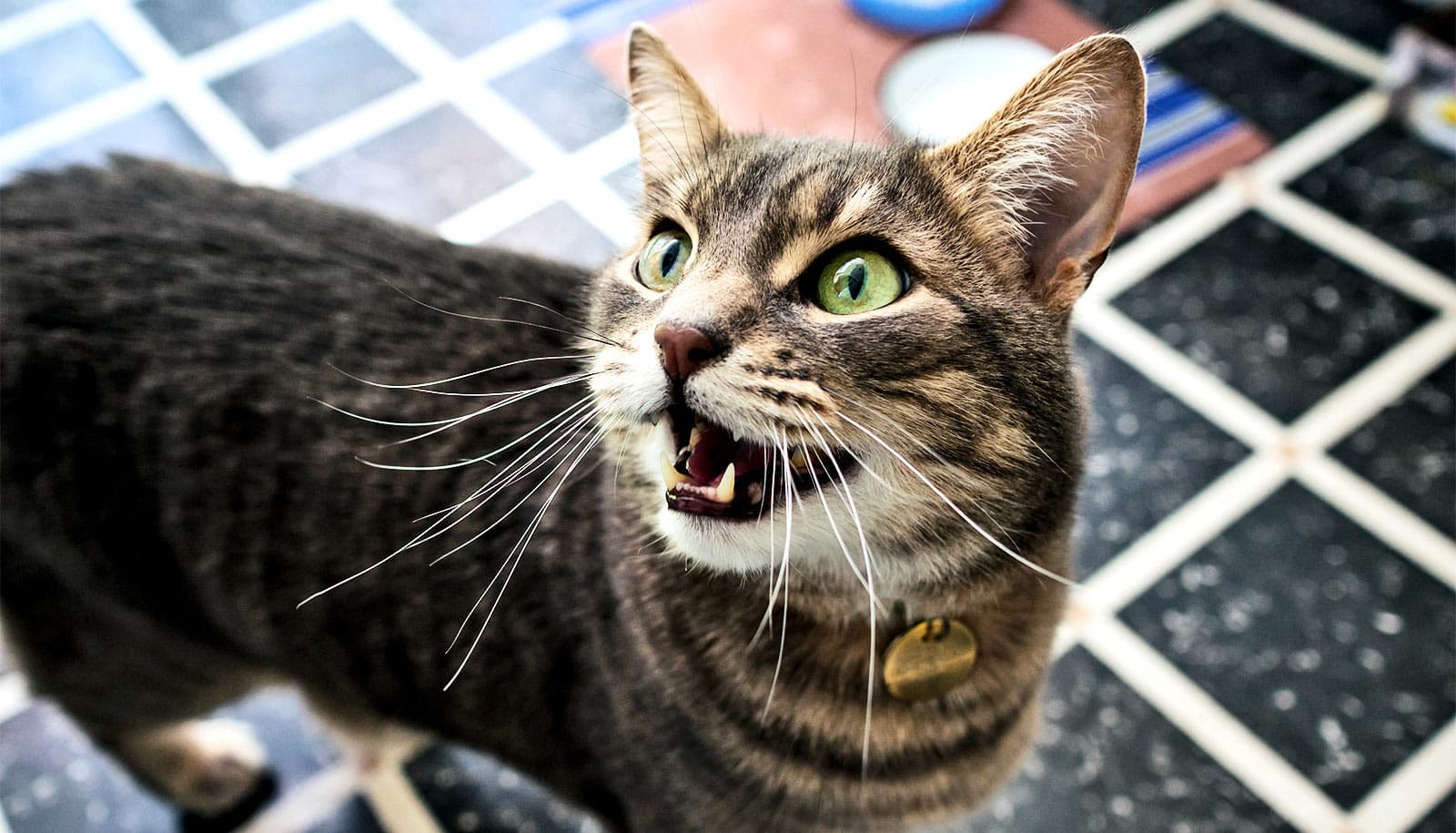A new checklist can help pet owners see if their cat has feline arthritis.
Degenerative joint disease, or feline arthritis, is a lot more common in cats than you’d think. In fact, veterinary researchers estimate 45% of all cats and 90% of cats over age 10 are affected by arthritis in some way.
So why aren’t more cats being diagnosed and treated?
“It really comes down to understanding what pain looks like in cats,” says Margaret Gruen, assistant professor of behavioral medicine at North Carolina State University.
“People tend to assume that their cat will vocalize or show their pain in the same way a dog might, but chronic pain in cats doesn’t show itself that way. Instead, behaviors that owners might attribute to ‘getting old’ or ‘slowing down’ can often be signs of joint pain or disease.”
What are some of these signs? Cats don’t really limp like people do—instead, they will continue to do the same activities they always have, albeit poorly or more slowly. For example, it may take a cat several tries to jump up onto the bed, whereas previously they had no trouble, or maybe they hesitate before climbing stairs.
“Unless you’re paying attention and know what to look for, it can be easy to miss these signs,” Gruen says.
Since feline arthritis is both common and underdiagnosed, researchers created a simple checklist for cat owners to help them catch the early signs of degenerative joint disease in cats.
The checklist pares down longer diagnostic questionnaires veterinarians use used into six yes-or-no questions for owners:
- Does your cat jump up normally?
- Does your cat jump down normally?
- Does your cat climb up stairs or steps normally?
- Does your cat climb down stairs or steps normally?
- Does your cat run normally?
- Does your cat chase moving objects (toys, prey, etc.)?
“We look at this as a way to start the diagnostic conversation with a veterinarian—the checklist was designed to be reasonable in both specificity and sensitivity, but also user-friendly for owners without overgeneralizing,” Gruen says. “Ideally, it would be paired with additional educational materials for owners.”
“This practical tool is based on robust data we collected from over 300 cats with and without joint pain,” says professor of translational pain management Duncan Lascelles.
“We hope veterinarians will use this as a screening tool. Following diagnosis, other ‘scoring’ systems are used to monitor treatment efficacy, but identifying cats in the first place is very much facilitated by this checklist.”
The researchers hope that their simpler checklist will help increase owner awareness about a common but treatable disease.
“Owners are so important for cats—veterinarians don’t see them in settings where these changes are obvious,” Gruen says. “So owners have to understand what may be causing these behaviors, then see their veterinarian. It’s remarkable how much cats still want to do when pain is relieved. When you see them get a treatment that works, it’s amazing.”
A paper on the development of the checklist appears in the Journal of Feline Medicine and Surgery.
Source: NC State



